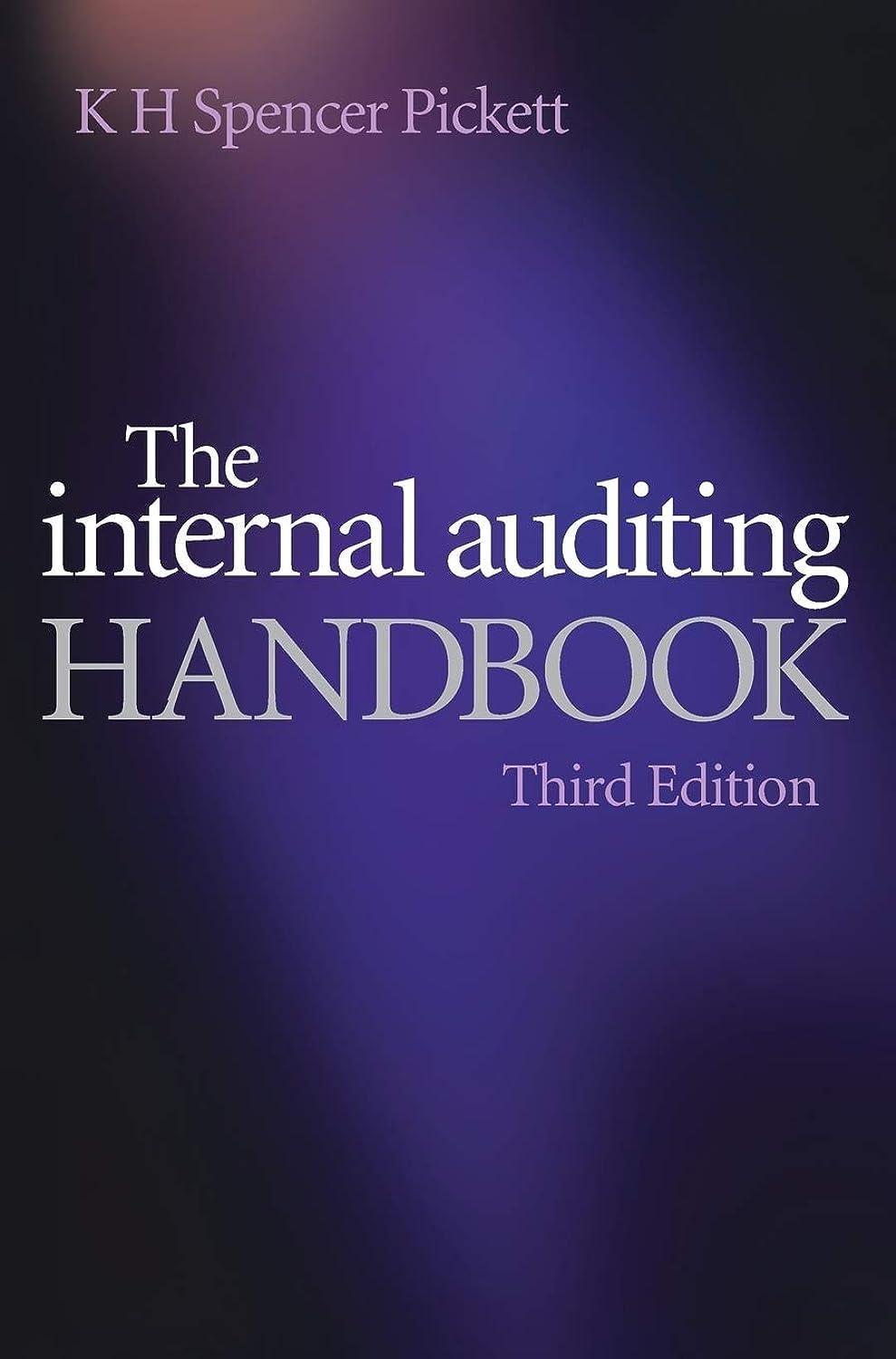

Blue Skies Equipment Company uses the aging approach to estimate bad debt expense at the end of each accounting year. Credit sales occur frequently on terms n/60. The balance of each account receivable is aged on the basis of three time periods as follows: (1) not yet due, (2) up to one year past due, and (3) more than one year past due. Experience has shown that for each age group, the average loss rate on the amount of the receivable at year-end due to uncollectibility is (a) 9 percent, (b) 13 percent, and (C) 32 percent, respectively. At December 31, 2019 (end of the current accounting year), the Accounts Receivable balance was $51,400 and the Allowance for Doubtful Accounts balance was $950 (credit). In determining which accounts have been paid, the company applies collections to the oldest sales first. To simplify, only five customer accounts are used; the details of each on December 31, 2019, follow: B. Brown-Account Receivable Date Explanation Debit Credit 03/11/2018 Sale 13,700 06/30/2018 Collection 3,200 01/31/2019 Collection 4,500 Balance 13,700 10,500 6,000 D. Donalds-Account Receivable Date Explanation Debit Credit 02/28/2019 Sale 21,700 04/15/2019 Collection 8,100 11/30/2019 Collection 5,300 Balance 21,700 13,600 8,300 N. Napier-Account Receivable Date Explanation Debit Credit 11/30/2019 Sale 9,600 12/15/2019 Collection 2,300 Balance 9,600 7,300 S. Strothers-Account Receivable Date Explanation Debit Credit 03/02/2017 Sale 5,000 04/15/2017 Collection 5,000 09/01/2018 Sale 9,000 10/15/2018 Collection 4,000 02/01/2019 Sale 21,500 03/01/2019 Collectior 5,90 12/31/2019 Sale 3,300 Balance 5,000 0 9,000 5,000 26,500 20,600 23,900 Date 12/30/2019 T. Thomas-Account Receivable Explanation Debit Credit Sale 5,900 Balance 5,900 3. Prepare the adjusting entry for bad debt expense at December 31, 2019. (If no entry is required for a transaction/event, select "No journal entry required" in the first account field.) View transaction list Journal entry worksheet 1 Record the adjusting entry for bad debt expense at December 31, 2019. Note: Enter debits before credits. General Journal Debit Credit Transaction Record entry Clear entry View general journal








